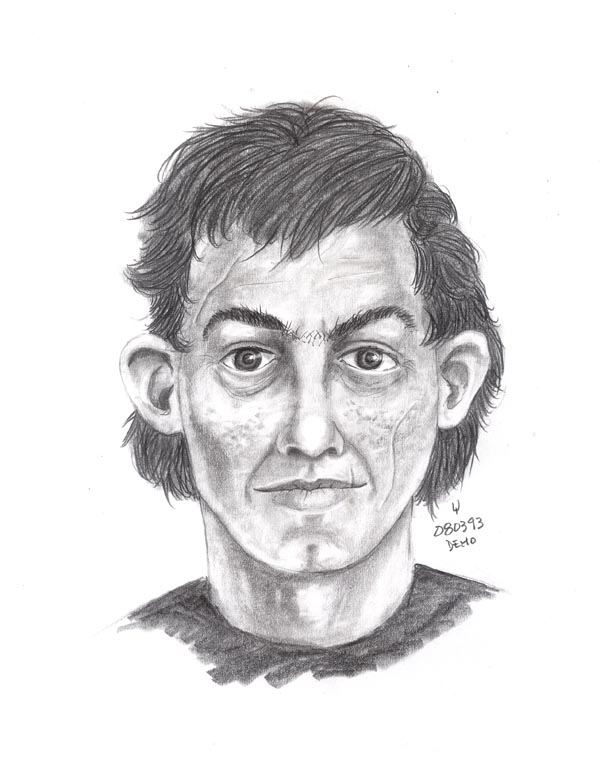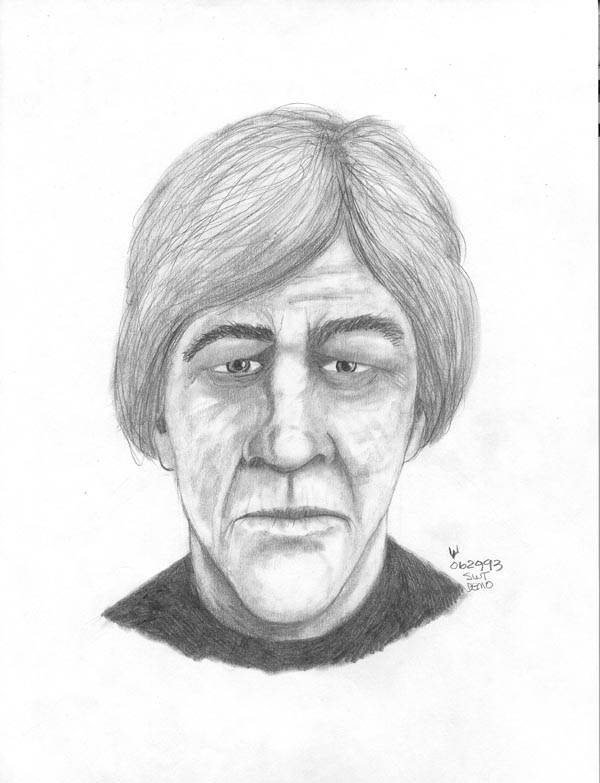

Composite Demonstrations


If you are interested in doing composite drawings there are a few things you need to know. There's not a great future in it because a number of law enforcement people are always available to do composites without charge and because better and better computer programs are coming out all the time. Remember though, you can do composites in the daytime when there is no available electricity and training for the computer programs and the various identification kits require almost as much training and native ability as composite drawing.
If you like to draw and people are more inclined to say "you draw good" as opposed to "my sister can really draw good", then you may be ready to become a Police Composite Artist. Take local Community College courses in portrait and figure drawing until you can draw a likeness that even the subject's relatives like then start looking for a training course in Police Composite/Forensic Art. Contact your local Sheriff or Police Chief first; you're going to have to have his or her permission to take a course anyway and then contact your State Police, the FBI or local colleges dealing in police training. If all else fails contact me at mrbill@billstrain.net.
The interview is probably as important as the drawing. If you have access to an FBI Catalog of Facial Feature Identification, the interview process is simplified considerably. If not, you will simply have to play 20-200 questions until the witness says you have a really good likeness. Questions must be open-ended (What shape was the head?) or be multiple choice so as not to "lead" the witness (Did the suspect have an oval face, a round face, a square face or an elongated face?). Wherever you take your forensic art training they will suggest a work sheet or guide to help you move smoothly through the interview and production schedule. The two drawings shown above (Composites 003 and 007) were done to demonstrate the process just described. Students in my seminars made selections from the FBI Catalog and I made the beginning outline drawings, corrections were made and then techniques for doing scars, wrinkles and freckles were demonstrated.
In a few years this skill may be filed with horseshoeing and harnessmaking, but I'm here to tell you there is no "high" like the "high" of doing a composite drawing with a victim and then having the investigator in charge walk in and say, "Hell, I know who that is, that's Lester Skroenkulbohm!"